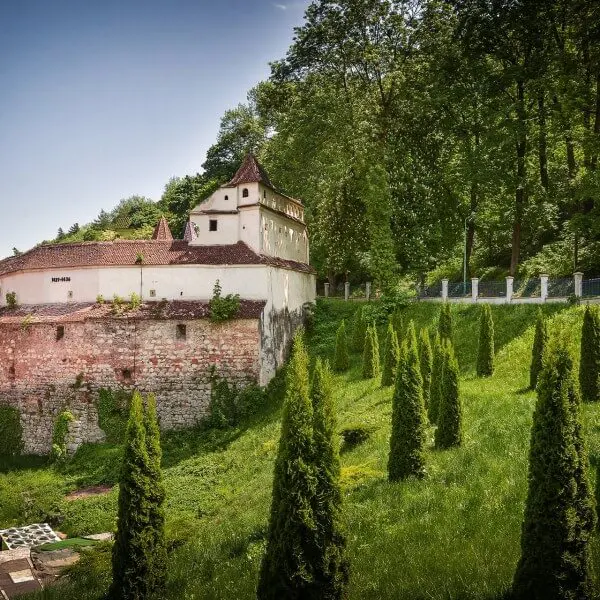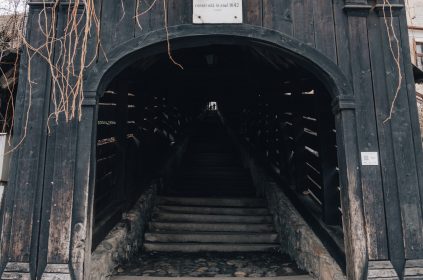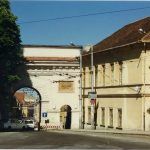Further on, the imposing Bastion of the Treasurers is one of the largest and best preserved of the seven bastions of the city, existing since 1421-1426 and rebuilt between 1570-1573. The lower floor also shows the remains of a stone entrance door and some Saxon tombstones.
The small museum inside has several military relics from the 14th century onwards, but the most impressive exhibit is a miniature model of old Brasov, dating from the 19th century and depicting the old Brasov of 1600.
Situated in the southern corner of Brasov Fortress (the historical centre of the city), the Weavers’ Bastion occupies an area of 1,616 square metres. Its walls are between 4 m thick at the base and 1 m at the fourth level of the construction. Built by the weavers’ guild on four levels, with embrasures, oil-works and two watchtowers, the bastion has a unique architecture in south-eastern Europe. Having been spared by the great fire of Brasov in 1689, the bastion has been preserved in its original form. As part of the south-west wall of the city’s fortifications, the Bastion of the Weavers is declared a historical monument.
The bastion, built, defended and maintained by the linen weavers’ guild, was built in two stages, between 1421 – 1436 and 1570 – 1573, and was designed to stand as an independent fortification.
The bastion was first documented in 1522. In 1554 the fortifications on the south-west side were strengthened by building a second defensive wall. Initially, the bastion was connected to the Knives’ Tower on the side of the Tâmpe by a section of low wall.









